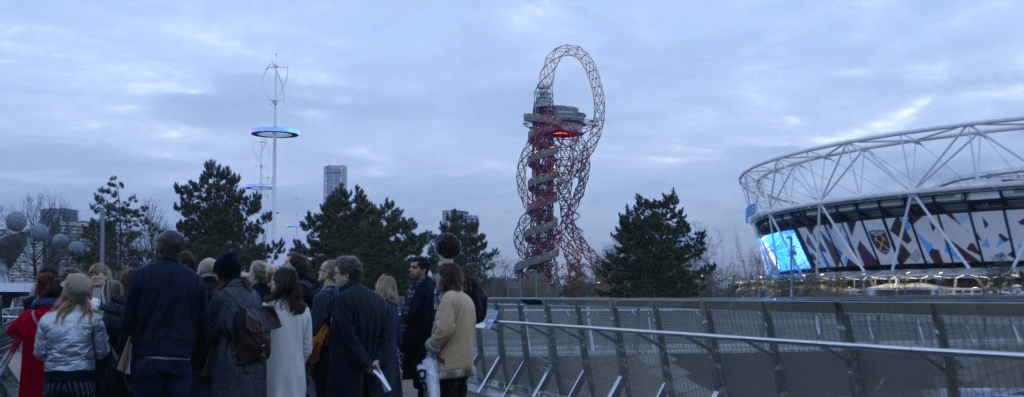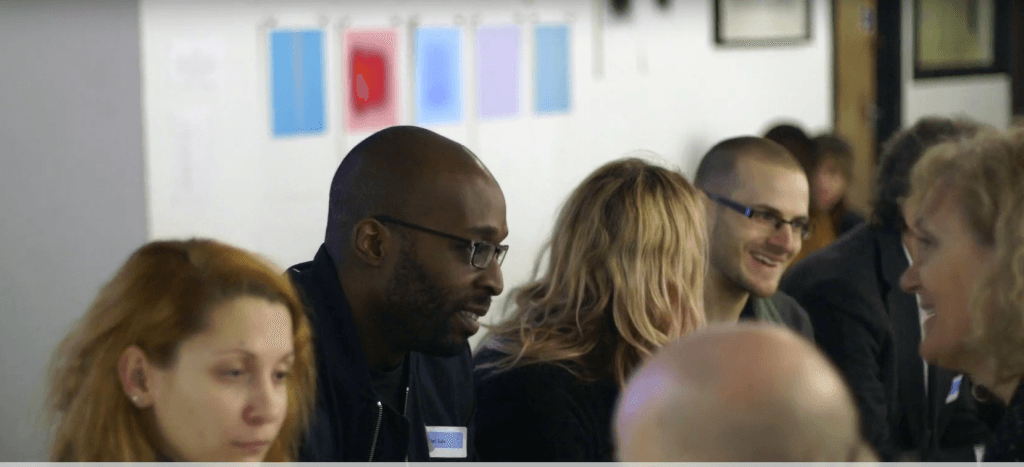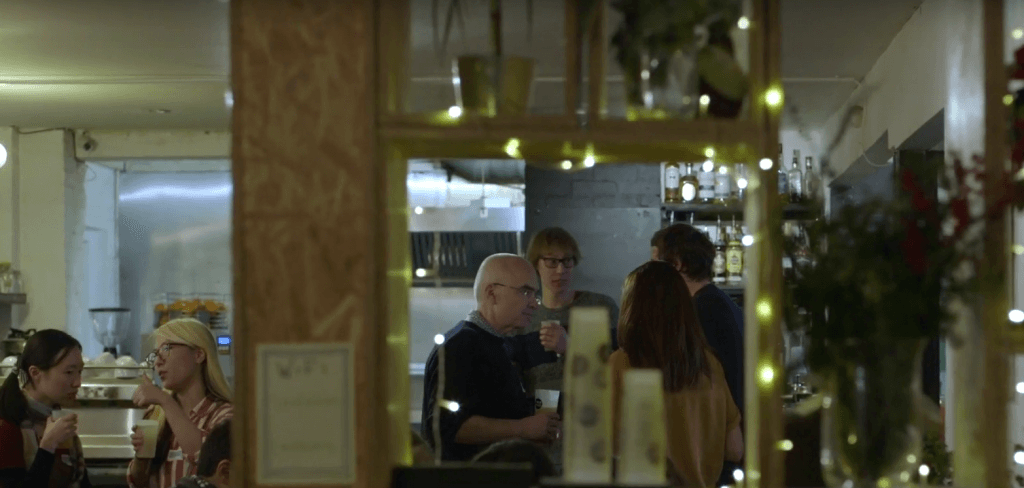When two become one: ways to ‘spice up’ creating collaborations
By Briony Fleming and Lizzy Baddeley, on 14 January 2019
This Blog has been written by Lizzy Baddeley: Project Manager (EPSRC Community Engagement), who is leading the Trellis project. Trellis is exploring methods for knowledge exchange between university and community partners.
So, what’s the best way to bring together a group of artists and a group of researchers who have never met before to help them build connections, identify shared interests and think about working together? and one that doesn’t involve too many post it notes or presentations about everyone’s work? This was the challenge facing the Community Engagement team in December 2018, when we were trying to kick off our Trellis: Public Art project – a nine month project which will result in four co-created artworks being exhibited in Queen Elizabeth Olympic Park in October 2019.
In UCL Culture we are always looking for new ways to spark collaborations between our staff and students and people outside the university, especially those who are not traditional partners in research or learning. This was an opportunity to do just that.
We worked with Rosie Murdoch, an independent arts consultant and curator, based in Tower Hamlets, to identify a group of artists based in, or closely tied to, the area around the future UCL East campus. And I had managed to convince a varied group of UCL staff and research students that it might be a nice idea to work on a project with an artist, but then we had to bring them together and find out whether they had any shared interests or interest in working together. A date was identified for an initial matchmaking event, 10th December 2018, and everyone was invited, and we tossed around some ideas of a format.
There were a few things that I was set on making sure happened:
1. The artists and UCL staff/students came into the project on an equal footing
2. Input from both sides would be equally valued
3. Everyone would get the chance to talk about themselves and their own work
4. Everyone would get the chance to meet as many other people at the event as possible
5. The event would be fun, informal and enjoyable, even if some people decided not to participant in the project going forward.
So what did we do?
1) A facilitated walk of the Olympic Park

Trellis Art Project participants walk around Queen Elizabeth Olympic Park
The venue for the event was Stour Space, a community arts venue just over the river from the Olympic Park, in Hackney Wick. This meant it was easy to take everyone off for a walk around the park as the first activity. We wanted the walk to act as an icebreaker and a chance for people to start talking informally. I had prepared an activity – collaborating to fill in a map of the park in small groups – but we ended up not doing this, and just naturally chatting. It was a great way to share peoples past experiences of the location with each other, and the situate the event in the place where the art would end up being displayed, but it was very loosely facilitated and I think some people found it hard to start up or maintain conversations for the whole duration.
2) A ‘speed dating’ style networking session

‘Speed-dating’ activity at Stour Space
After returning to Stour Space, we warmed up, and then got everyone settled into a speed dating style networking activity. We had set up two rows of chairs facing each others, with the UCL staff/student in one row, and the artists in the other. Every 4 minutes, the UCL staff/students had to stand up and move along. It was absolute chaos! But somehow it worked. There were loads of things I would change another time, like how close each pairing was sat(which meant it ended up being far too loud) and the fact there were more UCL people than artists, which skewed the experience – and made it take a little longer than anticipated. However, overall it did a great job of getting all the artists to meet all the researchers and focussed people around what they were interested in. They all reported finding it very tiring, but luckily, the next part of the day was the most relaxing! Even though it was tiring I do think, overall, the activity added an important structured element to the event.
3) A shared meal

Participants drinking and networking at Stour Space
The final ‘activity’ we did, if it can be called that, was simply sharing a meal with each other. The idea was that those who had found some connections in the matchmaking would naturally sit with each other and continue to talk. We had provided some prompt questions, in the guise of a menu, to aid anyone who was not sure what to talk about. This felt like a nice way to end the event, the feedback we got didn’t focus all that much on the eating, possibly because to the participants it didn’t feel like an ‘activity’. However, the amount of conversation in the room was high, and we even found it hard to get some people to stop talking when the day was over!

Participants networking over dinner at Stour Space
So did it all work? Well, the real proof will be at the end of January, when those who wish to begin working together on potential art collaborations need to submit their ideas. But for now, I think we can say it worked well enough. While the feedback we received on the day, and later, was constructive, it was also positive. The event was probably better suited to those who were confident taking the initiative to start conversations, and there were a few people who suggested moving the walk until after a more formal ice breaking activity, so that it was not the first thing people did.
You can watch all about the event, and what we’re trying to do in this short film, made for us by east London filmmaker ‘i say RAAR’
So we will learn, and continue to develop tools for bringing potential partners together. What we have learnt from this day will be applicable not only to artists/researchers collaborations, but also more widely in kicking off collaborations. This learning will be fed into our wider project and help inform the Trellis: Community Partnership Building Event funding!
You can find out more about the Trellis: Public Art on the UCL Culture site, along with other activity in the wider Trellis: Growing Community University Partnership programme.
 Close
Close


